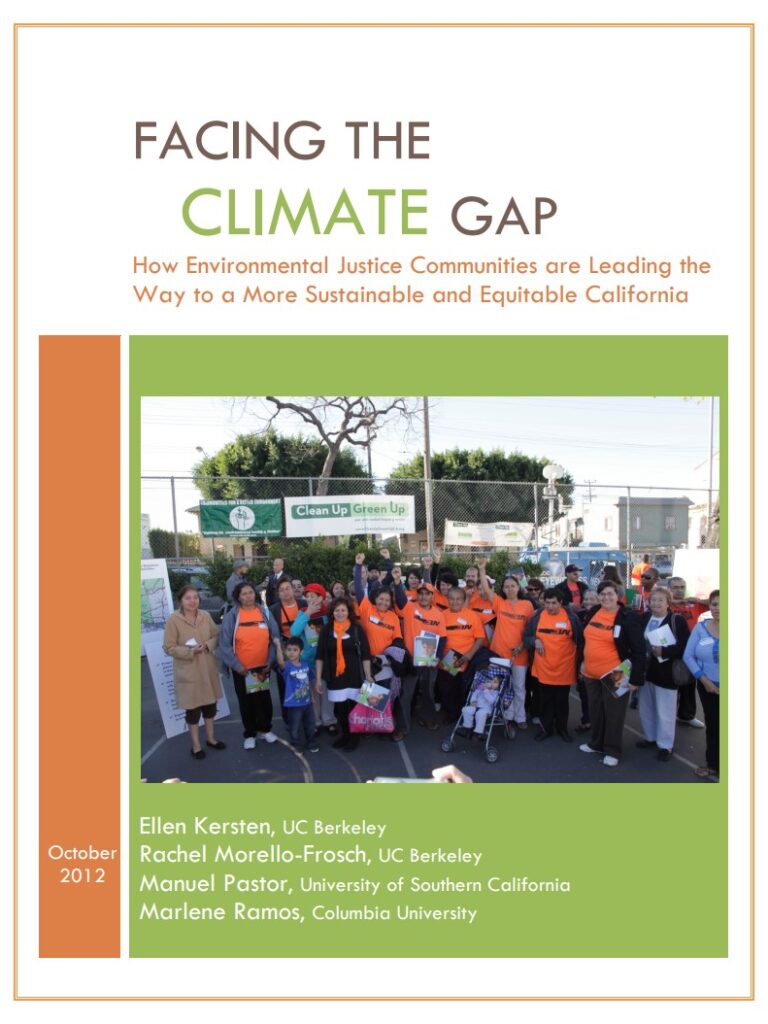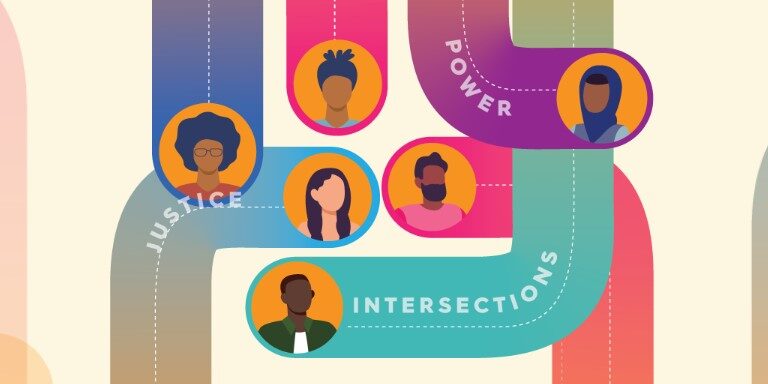
October 2012
By Ellen Kersten, UC Berkeley; Rachel Morello-Frosch, UC Berkeley; Manuel Pastor, University of Southern California; and Marlene Ramos, Columbia University
Please note: reports dated earlier than June 2020 were published under our previous names: the USC Program for Environmental and Regional Equity (PERE) or the USC Center for the Study of Immigrant Integration (CSII).
As local governments continue to debate how best to enact climate change policy – let alone policy that affects the most vulnerable of communities – community organizations are forging ahead with small staffs on tight budgets. From Sacramento, to Tulare, to San Diego, these groups are identifying problems and creating solutions to narrow the “climate gap.”
The “climate gap” is a situation in which low-income populations and communities of color suffer the greatest ill effects from climate change, not just internationally but also within the U.S. In a double-whammy, they are subject to the worst environmental conditions (like worse air quality) and have the highest vulnerability to extreme weather events (due to high rates of cardiovascular disease, for example).
The third in a series, Facing the Climate Gap: How Environmental Justice Communities are Leading the Way to a More Sustainable and Equitable California, showcases the work of environmental justice organizations tackling the climate gap by engaging the most vulnerable communities in the state. In this qualitative companion, we present 12 case studies that include the work of 18 community-engaged organizations.
One simple message shines through it all: the communities most affected by the climate gap are creating solutions that can and should be scaled up–which is all the more critical because of inaction at the federal level. With the future of the planet at risk, it may be time to support these efforts and forge a bottom-up approach to tackling both climate change and the climate gap.



